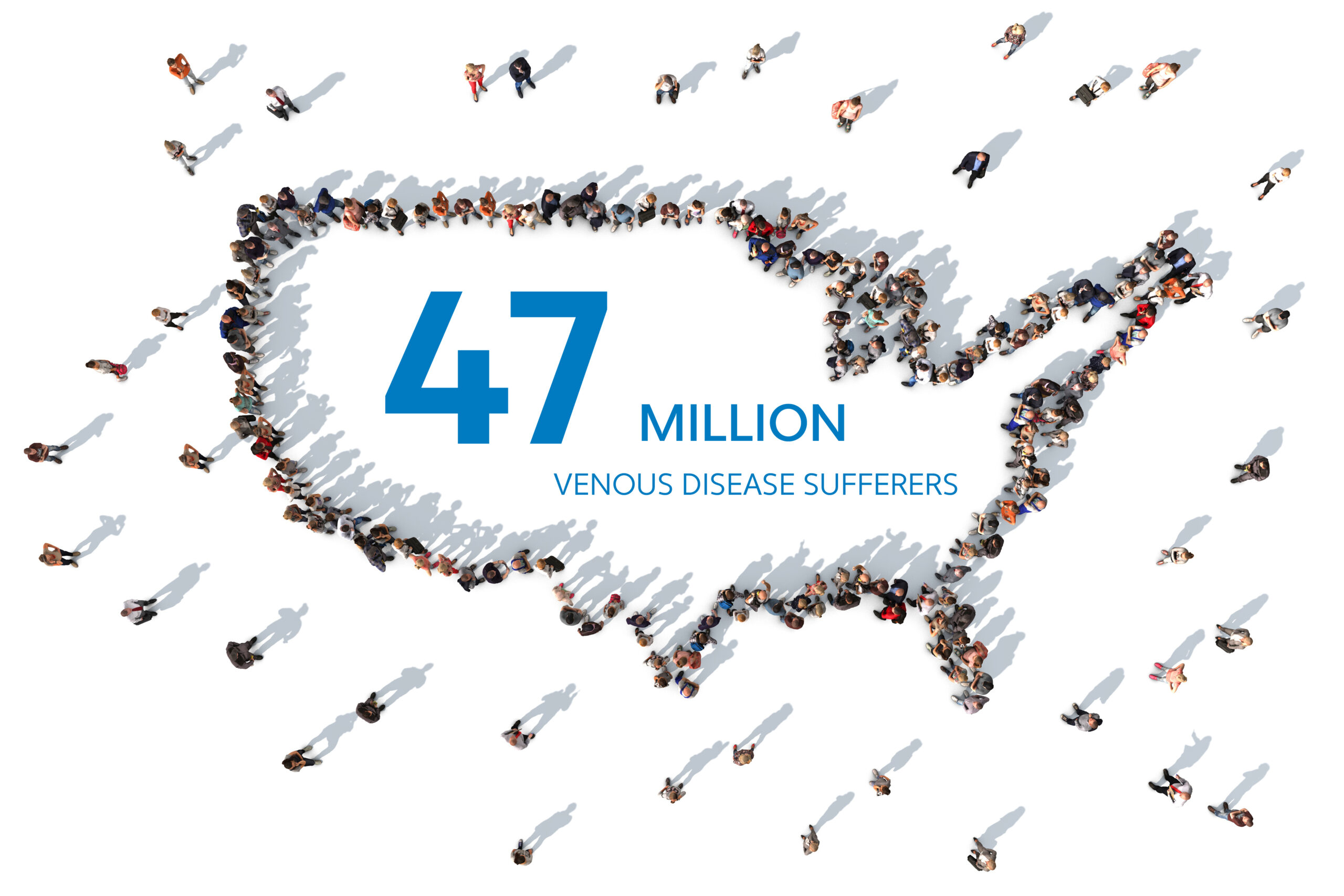Compression Stockings. The first line of treatment for venous insufficiency is compression stockings. These are elastic socks that put graduated pressure on your legs to help blood move upwards towards the heart.
Medications. A doctor may prescribe an antibiotic to treat infections or leg ulcers, or to help prevent blood clots.
Sclerotherapy. For this procedure a physician with inject a sclerosant (drug) into the diseased vein which causes the vein to scar and reroute blood to healthier veins. The scarred vein is eventually absorbed by the body and eliminated completely. Sclerotherapy is typically used for smaller veins.
Endovenous thermal ablation. A device that uses high-frequency radio waves or a laser is used to heat the inside of the vein and close it.
Microfoam treatment. A needle is used to inject foamed polidocanol into the vein to destroy the vein wall and close it.
VenaSeal. A catheter is inserted into the vein to deliver a medical grade adhesive that closes off the vein.
Ligation and stripping. The great saphenous vein is surgically removed.
Ambulatory phlebectomy. Small incisions are made and the vein is pulled out using surgical tools.



